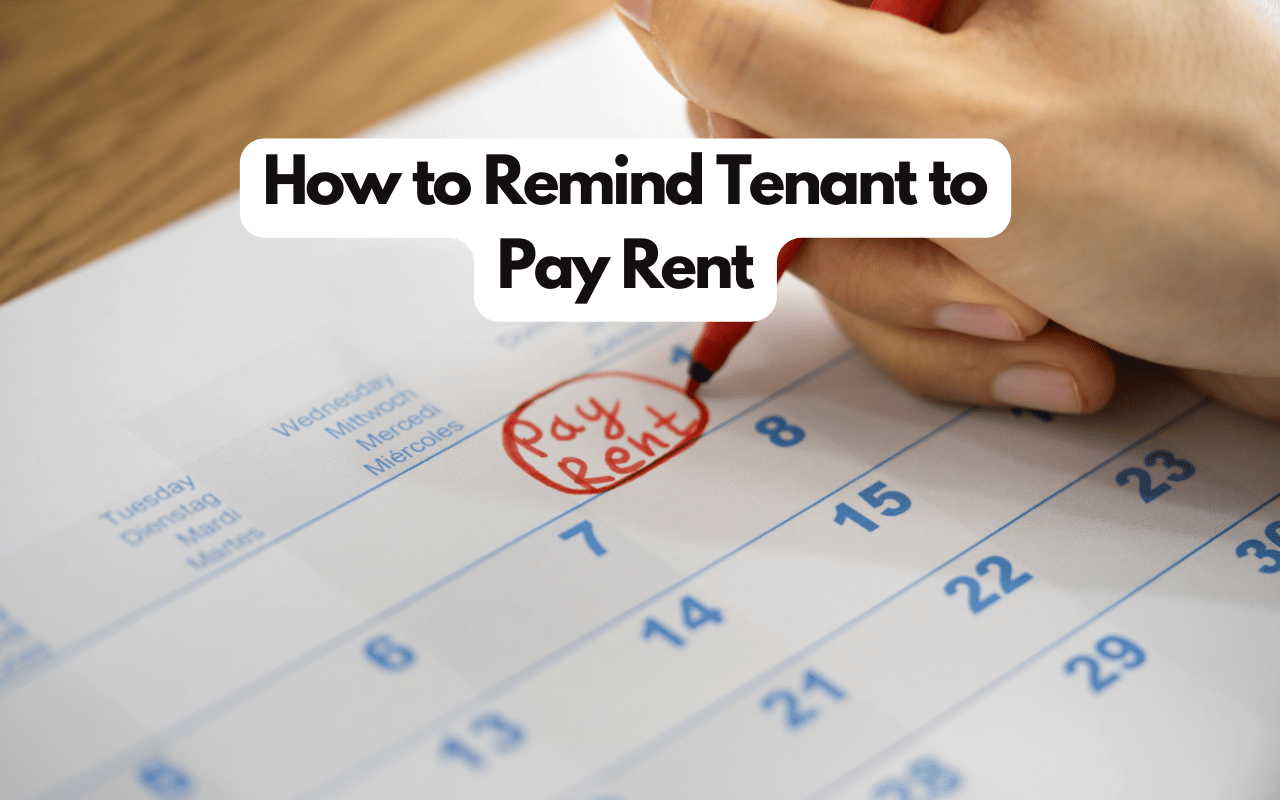How to Pay an Invoice: Effortless Payment Methods

Invoice payment refers to the settlement of an invoice balance or a portion thereof. Typically, these payments are prearranged by the client’s accounts receivable team, ensuring a systematic and timely payment process.
- How to Pay an Invoice: Effortless Payment Methods
- Invoice Payment Methods
- What is the pay method for invoice?
- How do I pay an invoice with my debit card?
- Can I pay an invoice with my bank account?
- How do I pay an invoice online banking?
- What is the difference between a debit invoice and an invoice?
- Do you pay an invoice before or after service?
The transaction occurs when a business remits payment for goods or services received from a vendor, as stipulated in the invoice. Most companies implement systems to review, approve, and promptly settle all received invoices, maintaining consistency in payment procedures, albeit with some variations in specifics across organizations.
To streamline the invoice payment process, small businesses can adhere to the following steps:
- Review the Invoice for Received Goods and Services:
- Verify the accuracy of the invoice, ensuring alignment with the ordered goods and services.
- Cross-check the received items with the initial order.
- Confirm that the invoiced cost corresponds to the initial agreement with the vendor.
- Note the Payment Due Date:
- Carefully review the payment due date specified on the invoice.
- Take note of any late charges or early payment discounts outlined by the vendor.
- Choose Your Payment Method:
- Determine the preferred payment method based on the options provided by the vendor (e.g., cash, check, credit card).
- Add the Invoice to Your Payment Schedule:
- Create a payment schedule, either using a spreadsheet or cloud-based accounting software, to track and manage upcoming payments.
- Adjust the schedule frequency (weekly or monthly) based on the volume and payment timelines.
- File Payment Confirmation Details:
- After processing the payment, securely store payment confirmation details, such as online payment confirmation numbers, for future reference in case of disputes.
Invoice Payment Methods
Various methods are commonly employed for processing invoice payments, each offering its own set of advantages. These methods include:
- Credit Card Payments:
- Convenient and secure, credit card payments are widely used for settling invoices.
- Requires the vendor to have a merchant account, incurring a small transaction fee.
- Bank Transfers (ACH):
- Involves direct money transfers from the client’s bank account to the vendor’s account.
- Quick, easy, and free, with high-security standards.
- PayPal and Online Payment Gateways:
- Utilizes online payment platforms like PayPal or Stripe for efficient and secure payment processing.
- Requires the vendor to sign up for the service, integrating seamlessly with cloud-based accounting software.
While these are prevalent methods, businesses may also accept other forms of payment, including checks, cash, and automatic billing agreements. The choice of method often depends on the convenience, security, and efficiency preferences of both parties involved in the transaction.
What is the pay method for invoice?
An invoice payment constitutes the remittance made by a customer or client in adherence to the stipulated terms outlined in an invoice issued by your business.
The essential components of a comprehensive invoice encompass the names and addresses of both the payer and payee, the specified payment amount, the agreed-upon terms for payment, and detailed information regarding the nature of the product or service rendered. These elements collectively contribute to a clear and transparent transactional process, ensuring that both parties are informed and aligned with the terms governing the payment.
How do I pay an invoice with my debit card?
To make an online payment for an invoice, ensure you have your debit or credit card details readily available and input them when prompted. It’s important to note that there might be an additional step involving the authentication of the payment through a third-party security platform. Opting for online invoice payment is designed for efficiency, and once initiated, the transaction should be processed swiftly, providing a convenient and streamlined experience.
Can I pay an invoice with my bank account?
There are several methods to accomplish this:
- Through Online Banking: If you have online banking configured with your bank, log in to your account and initiate the transfer from there. Simply follow your bank’s online prompts to input the recipient’s account details, the designated amount, and the payment date.
- Via a Mobile Banking App: Many banks offer mobile apps that enable you to execute bank transfers directly from your phone. With a user-friendly interface, these apps streamline the process for added convenience.
- In Person: Alternatively, you can opt for an in-person bank transfer by visiting your bank. This can be done by interacting with a teller or using an ATM, providing a tangible and traditional approach to completing the transfer.
How do I pay an invoice online banking?
The careful attention you invest in the initial setup phase can prove to be a valuable time-saver and headache preventer in the long run. While specific rules and procedures may vary among banks or credit unions, the general steps to set up bill pay typically involve the following:
- Collect Your Bills: Gather all your bills, noting down account numbers and the addresses where payments are usually mailed.
- Input Biller Information: Enter the details of each biller into your bank’s online bill pay platform. Alternatively, you can select them from a list provided by your bank.
- Specify Payment Timing: Choose the date when you want the payment to be sent.
- Opt for Recurring or One-Time Payments: Determine whether the payment should be a recurring one or a one-time transaction.
- Set Reminders or Alerts: Establish reminders or alerts to keep track of each bill’s due date, ensuring timely payments.
Utilizing online bill pay not only aids in organizing your bills but also facilitates effective due date management. It provides a comprehensive overview of your financial outflows, making it easier to monitor and ensure sufficient funds are available to cover each payment. With online bill pay, all your bill-related activities are consolidated within your bank’s platform, streamlining the process into one organized list in a single location.
What is the difference between a debit invoice and an invoice?
Debit invoices find frequent use in the business realm when there is a necessity to rectify or adjust a previously issued invoice. An illustrative scenario involves businesses issuing debit invoices to address errors made in the initial invoice.
Another common instance of employing a debit invoice arises when customers return goods or services, warranting a refund. In the accounts payable process, a debit invoice provides a comprehensive breakdown, showcasing the original invoice amount, the subsequent adjustment, and the recalculated total. This versatile tool ensures accuracy and transparency in financial transactions, offering a clear record of corrections and adjustments made to invoices.
Do you pay an invoice before or after service?
An invoice becomes pertinent when a vendor or supplier has successfully fulfilled a customer’s order, which could encompass products, services, or a combination of both.
In businesses dealing with physical products, it’s customary to generate an invoice shortly after the delivery of the goods.
Conversely, in service-oriented enterprises, the invoice is typically generated post the provision of the service. However, adhering to best practices involves the business reaching out to the client beforehand to ensure their satisfaction. Let’s illustrate this with an example.
Larry’s Lighting, tasked with delivering and installing a new lighting system for Richard’s Restaurant, completes the order. The technician, after finishing the job, checks in with Richard to gauge his satisfaction. Once assured of Richard’s contentment, the technician returns to the home office, communicates with the supervisor, who then notifies the accounting department to issue an invoice to Richard’s Restaurant—this step is crucial for Larry’s Lighting to receive payment promptly.
However, consider a scenario where the technician neglects to seek feedback from Richard. If Richard, upon receiving the invoice, expresses dissatisfaction, management intervention becomes necessary. This may lead to potential modifications and reissuing of the invoice, resulting in a one-month delay in payment for Larry’s Lighting. This example underscores the significance of proactive communication and customer satisfaction in ensuring a smooth and timely invoicing process.






